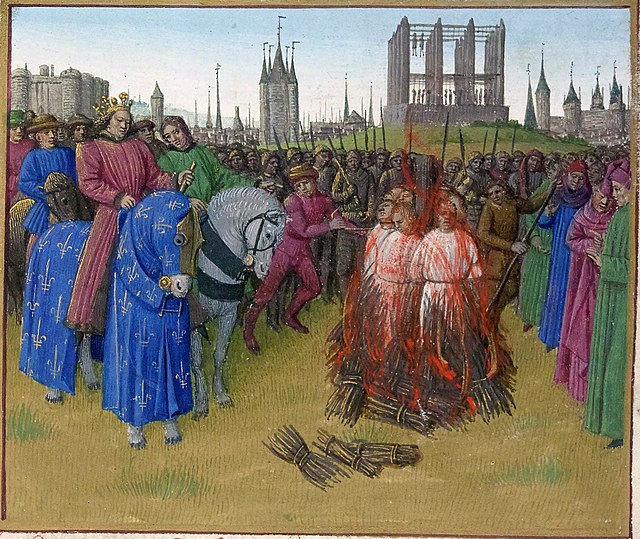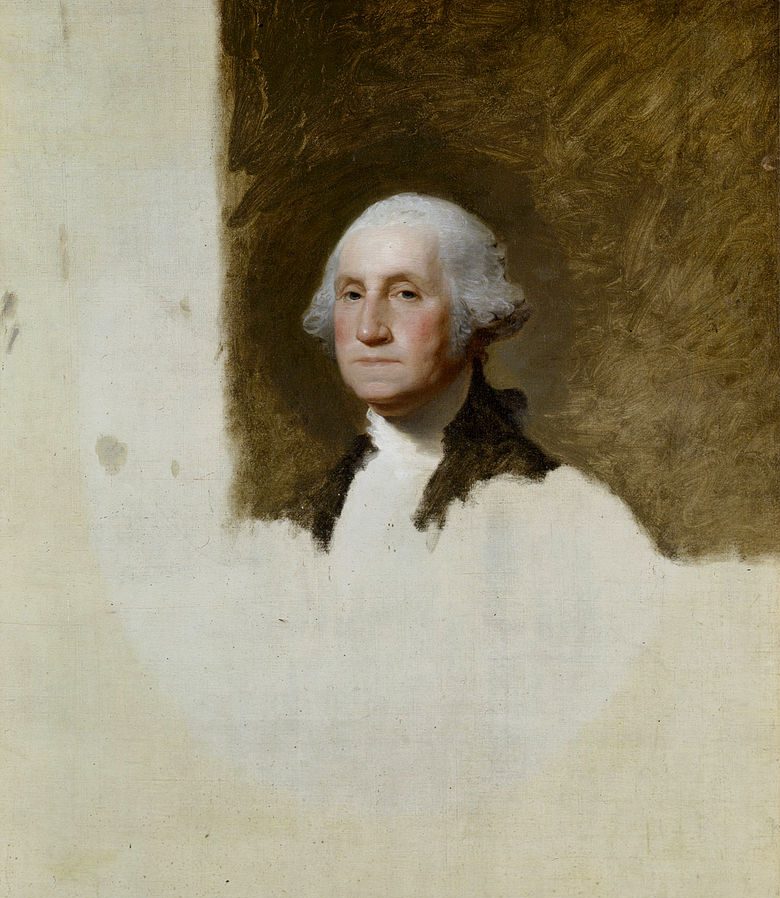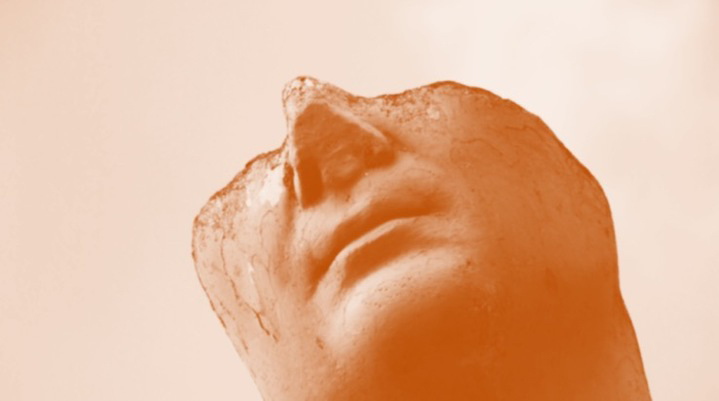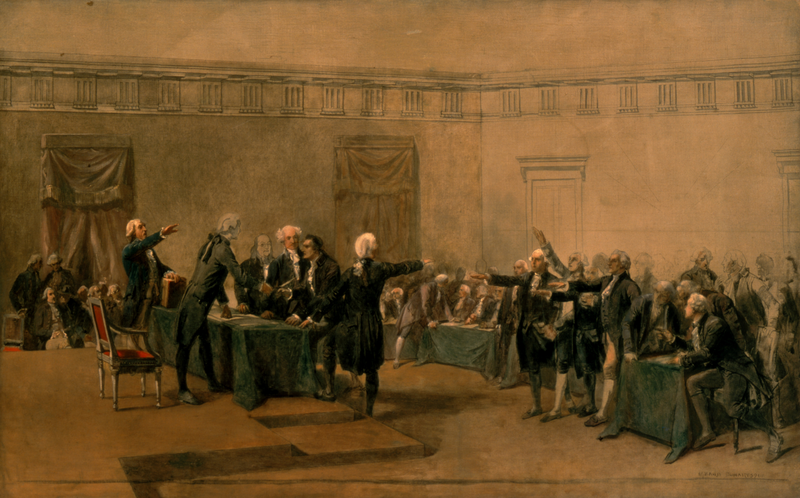Democracy and despotism in a digital age.
How Race Politics Burns Out

No future awaits those who rage against family, work, and community.
Where there is no bread, there is no Law. Where there is no Law, there is no bread.
— Rabbi Elazar Ben Azariah
Racial identity politics has become the rage in the media, entertainment, and political worlds. You cannot read a mainstream publication, attend a sporting event, or browse a new educational curriculum without running a gauntlet of admonitions about America’s “systemic” racism and how it must be addressed, including through violence.
Millionaire athletes, anchors, non-profits, and corporate executives genuflect to groups like Black Lives Matter, an organization with openly radical, neo-Marxist aims. Yet amidst all this, very little attention has focused on what actually works for minorities who have faced harsh treatment in the past. By focusing largely on white guilt, suggests Rolling Stone’s Matt Taibbi, movements like BLM embrace a form of “egghead racialism” that sees salvation as part of an effort to “strive to be less white,” as if their very pigmentation is a mark of inherent evil.
No doubt this agenda is working profitably for some, such as writers and administrators in the diversity “industry” and even some black fashion designers. But rhetorical genuflecting and quotas for board seats does little to improve the conditions on the ground for the vast majority of historically disadvantaged groups like African-Americans. As John McWhorter pointed out in the Atlantic, the idea that black progress relies largely on addressing white sinfulness seems an extreme form of “dehumanizing condescension” that robs Blacks, and other minorities, of any agency outside protest or destruction and does little to address the underlying causes of despair.
What works? A historical perspective
In today’s “woke” politics, some may insist I (a white male in his sixties) have no business even addressing these issues. Yet it seems far more useful, if we are serious about addressing racial disparities, to look at what has worked in the past—for both African-Americans and other groups—to transcend discrimination and create a durable success in a diverse society.
In doing research for my 1992 book Tribes, I found ethnic success was less about gaining unquestioning compliance on cultural and political matters from the majority than in encouraging behaviors, such as frugality, hard work and mutual support. This latter approach has propelled virtually every successful dispersed ethnic group, from the Jews and British to the Chinese, Indians, Palestinians, Lebanese, and West Indians. As the great Arab historian Ibn Khaldun noted, “Only tribes held together by a group feeling can survive in the desert.”
This notion of a mutual assistance is more important than attempts to “reprogram” whites into “anti-racism” as defined by the woke. Discriminated-against minorities have succeeded, first and foremost, by developing their own skills and economic power, building alternative institutions and strengthening family ties.
In this country, Irish, Italians, Jews, and Asians, among others, were long barred from certain jobs and many neighborhoods. Rather than wait for the majority to discover tolerance, they labored in niche economies—fish mongering and construction among Italians, gardening and farming among Japanese, retail ownership for Koreans and the garment trade for the Jews. Among Asians, the first generation’s struggles allowed their children to make remarkable progress by stressing education and, when needed, political action. These groups have done, for the most part, better than whites. Asians, for example, constitute 74 percent of all Stuyvesant, a prestigious New York City academic high school, students.
African-Americans once widely embraced this approach. In the first half century after slavery many leaders, from pragmatists like Booker T. Washington to nationalists like Marcus Garvey, stressed both personal responsibility and social cohesion. Even Garvey, the father of black nationalism, modeled his program partly on Jewish success.
At its very essence, it seems absurd to base a group’s ascent on winning over people assumed to be congenitally racist at heart. Indeed much of the strongest progress among African-Americans took place in the 1950s and 1960s, when discrimination was far more rampant but black business communities, families, and church institutions were not just intact but cohesive and strong. The Blacks who built successful businesses in the first half of the last century, notes historian John Sibley Butler, nurtured a culture of “self-help”—in part due to their exclusion from mainstream business—that brought economic rewards, helping build powerful religious and educational institutions critical to the nascent Civil Rights Movement.
When integration came, many talented African-Americans naturally jettisoned ethnic business, turning largely to corporate and government positions. As they secured their rights, the community bifurcated between a sizable, successful managerial middle class that expanded significantly since 1960, and a vast underclass. Yet in recent decades this progress has slowed, particularly in education, with African-Americans lagging recent arrivals from Latin America, Asia, and the Middle East. Since 2000, Black median household incomes dropped by five percent while whites grew by six percent.
The vulnerability of the impoverished parts of the Black Community—roughly two times in percentage as that of the general population—have been tragically accentuated by the pandemic. Whether in New York, Detroit, New Orleans, Houston or Los Angeles, the brunt of the infection, outside nursing homes, has been felt in poor neighborhoods. In both New Orleans and Detroit, the vast majority of deaths have been African-Americans. The virus might be colorblind but, as Brookings reports, much more prevalent in areas with large minority populations.
What works, what does not
Race-based politics work naturally in countries, like China, where the vast majority of the population are of one ethnic group. Han nationalism works well unless you happen to be a Uighur, or an African migrant worker. But in a country like America, where the majority is white and minority population is increasingly diverse, imposing racial imperatives is far trickier.
In a multicultural society—where Blacks are roughly 13 percent of the population—radical racial politics have limited staying power. To boost their percentages, academics and media now include other groups, like Asians and Latinos, as “people of color”. These are all potentially united against the detested white patriarchy and the traditional family.
Yet in reality this ambition rests on a fantasy. Overall, immigrants, according to one recent survey, are twice as conservative in their social views than the general public. Indeed church leaders from Latino, Asian, African American and Muslim communities have been on the forefront in California of opposing new sex education standards, which include some graphic representations of carnal acts of various kinds.
These minorities may not embrace the entire political agenda on the Right, particularly to the degree they associate it with belligerently nativist Trump supporters. But it’s clear that many “people of color” do not share the worldview of faculty lounge post-modern feminists. Race is also not necessarily as socially determinative as is often suggested. Black immigrants from Africa and the Caribbean enjoy much higher rates of intact marriage and incomes than their African-American counterparts and are better educated than the average native born American.
The problem with the riot ideology
The kind of racialized violence now taking place reflects what historian Fred Siegel called “the riot ideology”, which has been deleterious to the progress of African Americans. The rioting in the 1960s weakened urban economies and led to devastating losses for minority property owners and businesses. Even today many areas burned down in the 1960s in Chicago, St. Louis and Detroit have never recovered.
Indeed despite massive expenditures to redress huge past inequities, high-poverty areas in cities have grown steadily, doubling in population between 1980 and 2018. Looting and mayhem, long-term, don’t work. After the 1992 riots, there were pledges of massive corporate and government support for south Los Angeles. Now, almost three decades later, the area, site of two of the worst riots in American history, has experienced a growing gap with the rest of the county in terms of homeownership, income and educational attainment.
The more recent disorders also are unlikely to spark much long-term inner-city investment. Chicago’s Mayor Lori Lightfoot worries about large retailers such as Walgreen’s and Whole Foods not rebuilding their looted stores, saying it will take a “herculean effort” to keep them in the city.
The long-term political ramifications may also be less sanguine than evident today. To be sure, most Americans (correctly) want to see more police reform. As in the case of the 1960s civil rights movement, an appeal to basic decency was strongly supported by most Americans. But as activists turned more violent, openly anti-American and separatist, public support tends to recede. This helped secure victories for right-wing candidates like Ronald Reagan, elected the year after the 1965 Watts riots and, three years later, contributed to Richard Nixon winning the Presidency.
Today the violent turn of the post-Floyd protests could also spark growing reaction among Americans, perhaps the one thing that can rescue the slipping Trump prospects. Despite the justified concern about police abuse, most Americans, including African-Americans and by a wide margin Latinos, for example, overwhelmingly oppose defunding of law enforcement. Support overall for this position barely reaches 25 percent.
A dangerous shift
What is at stake is our ability to be a functioning pluralistic democracy. A country that witnessed growing rates of intermarriage and more congenial attitudes of race is now headed in the opposite direction, with more Americans seeing a deterioration in ethnic relations. Just like the ‘60s and ‘70s, black militants and white nationalists share an oddly common interest in supplanting a working pluralism with one at a hostile impasse.
The current wave of racial unrest has not been as lethal as past outbreaks, but has a clearer agenda. In sharp contrast to the grassroots explosion I witnessed firsthand in Los Angeles in 1992, today radical organizers and white activists now play a primary role. Particularly notable has been the continuing unrest in cities such as Portland, San Francisco, and Seattle that have small, and usually diminishing, black populations. Blacks may be fleeing these cities in droves, but white city officials in places like Seattle demand that their employees engage in “whiteness training” to wipe away the sins of their unfortunate pigmentation.
This pernicious development reflects the growing power of academia and media on what now passes as the Left. Much of this reflects a kind of cultural revolution, including a thorough reevaluation of American history, pushed most notably in the New York Times 1619 Project, an effort to recast the past disputed as highly distorted even by left-leaning historians.
The notion of America’s intrinsic evil may be popular on campuses, newsrooms and at CNN, but the ideology’s negative impact will be suffered by those left behind in these distressed communities. Diverting funds away from the police may have been seen as politically expedient, but it has not helped Baltimore, a city with a long history of police abuse, curb its astronomical murder rate. Similarly, “defunding” efforts are unlikely to bring down Chicago’s persistently high homicide rate, or in once-safe cities like New York, as it and other blue cities have emptied jails and reduced enforcement.
Wrecking the institutions
In backing the Black Lives Matter movement, the corporate elite have decided to play the classic role that Lenin called “useful idiots”. Perhaps someone should let Jeff Bezos know BLM favors radical socialist economics to battle what its founders see as “racial capitalism ”. Liberals, particularly Jews, should recognize BLM condemns Israel as “genocidal”. Academic Melina Abdullah, a prominent BLM spokesperson in Los Angeles, is an open admirer of the racist, anti-Semitic Nation of Islam.
Adoption of the Black Lives Matter ideology threatens every institution it touches, imposing its will in Hollywood and the arts. Now as in the old Soviet Union or China today, culture is supposed to service the officially approved agenda. Race activists have been particularly successful in turning the education system, including primary schools, into instruments of indoctrination, through both social justice courses and activities increasingly required for both students and faculty.
Most amazing, given the enormous sacrifices for integration made by civil rights workers, some universities have embraced again segregation—what Western Washington University activists call “black student space” and even academic programs designed only for minority students. Worse yet, woke activists, white and black, denounce as “hopelessly white” behaviors that have worked for every ethnic group, including African Americans. The new notion, as the Smithsonian recently suggested, labels such things as intact family structures, frugality, and punctuality as “white” characteristics, opposed to universal keys to upward mobility.
In the process, academia, always a source of inspiration, is abandoning efforts to provide useful skills for the information age, preferring to double down on dysfunction. The English department at Rutgers, out of sympathy with BLM, have even suspended teaching proper grammar, as if this is still not important for success. Even science is being systematically challenged to fit the progressive racial agenda. Notoriously, one activist academic actually identifies the notion of two plus two equal four as “cultural” construct from Western imperialism/colonization, ignoring the fact that modern mathematics derives not from Europe but from India and the Arab world.
This is clearly destructive. Perhaps worst of all, Black Lives Matter is dismissive of the traditional family, but seeks to “disrupt the Western-prescribed nuclear family structure.” Given that much of the disparity between the races lies in the integrity of the family this approach seems patently self-destructive. The fact that seventy percent of Black children are born to single mothers should be seen as a critical problem, rather than celebrated as a departure from dreaded “whiteness.”
Needed: A return to what really works
Rather than soulful sympathy and symbolic gestures aimed to redress past crimes, minorities need a program that addresses the real problems of unemployment, underemployment, rampant obesity, lack of affordable housing, and fractured families. To address these issues, minorities need to emulate the brave African-American business pioneers of the late 19th and early 20th Century, who formed a culture built around mutual assistance, family and work.
Ultimately, there can be no useful response to future pandemics or social unrest without addressing the persistence of poverty and lack of upward mobility, what I consider the most pressing issues of our time. Traditional social democrats like myself may endorse different approaches than those of conservatives, but all should train the eye on what Martin Luther King, Jr. called “the prize”, the provision of greater opportunity irrespective of race.
Whether in the Jim Crow South, the 1960s or today, what works for the aggrieved is not victimization and racial obsession, but adopting attitudes that have helped successful groups and people of all colors. Hard work, family, mutual assistance, and a devotion to logic are not constructs of Caucasian culture—many non-whites often exhibit these characteristics more than whites—but simply the surest pathways that have led even the most discriminated groups to a better future.
The American Mind presents a range of perspectives. Views are writers’ own and do not necessarily represent those of The Claremont Institute.
The American Mind is a publication of the Claremont Institute, a non-profit 501(c)(3) organization, dedicated to restoring the principles of the American Founding to their rightful, preeminent authority in our national life. Interested in supporting our work? Gifts to the Claremont Institute are tax-deductible.
Part I: Unfettered reason cannot conserve anything.
One dose will erase your whole political mind.






